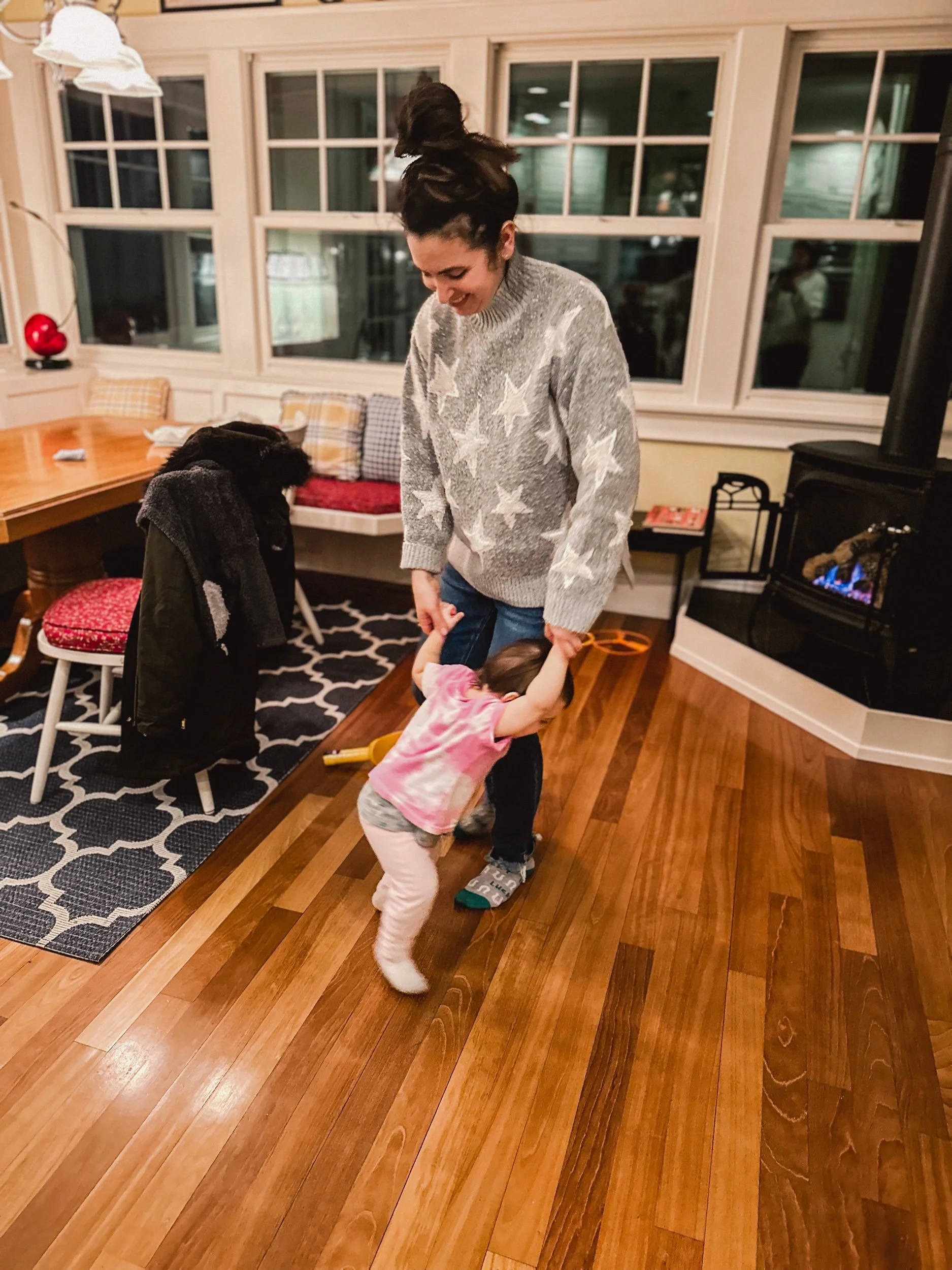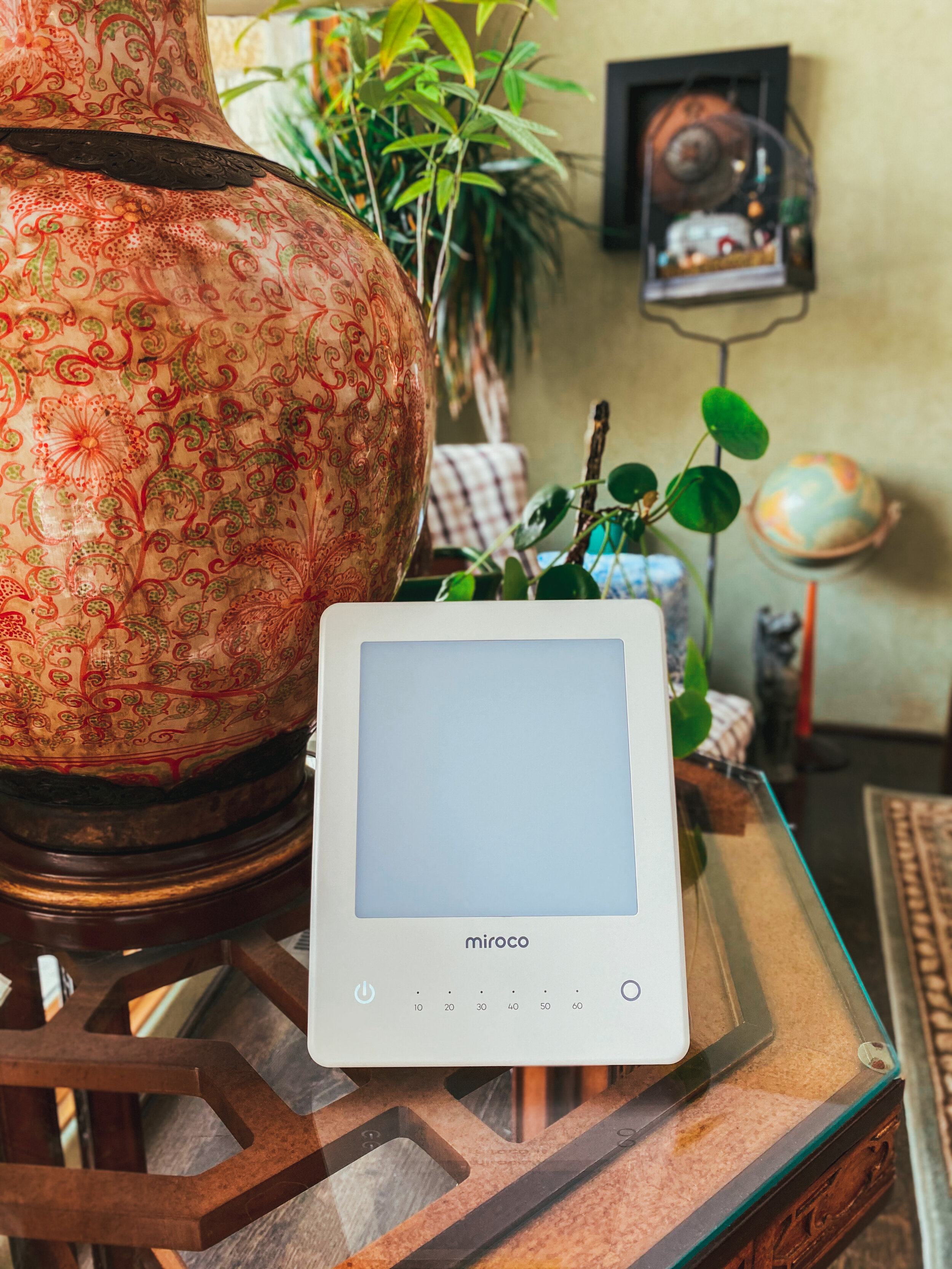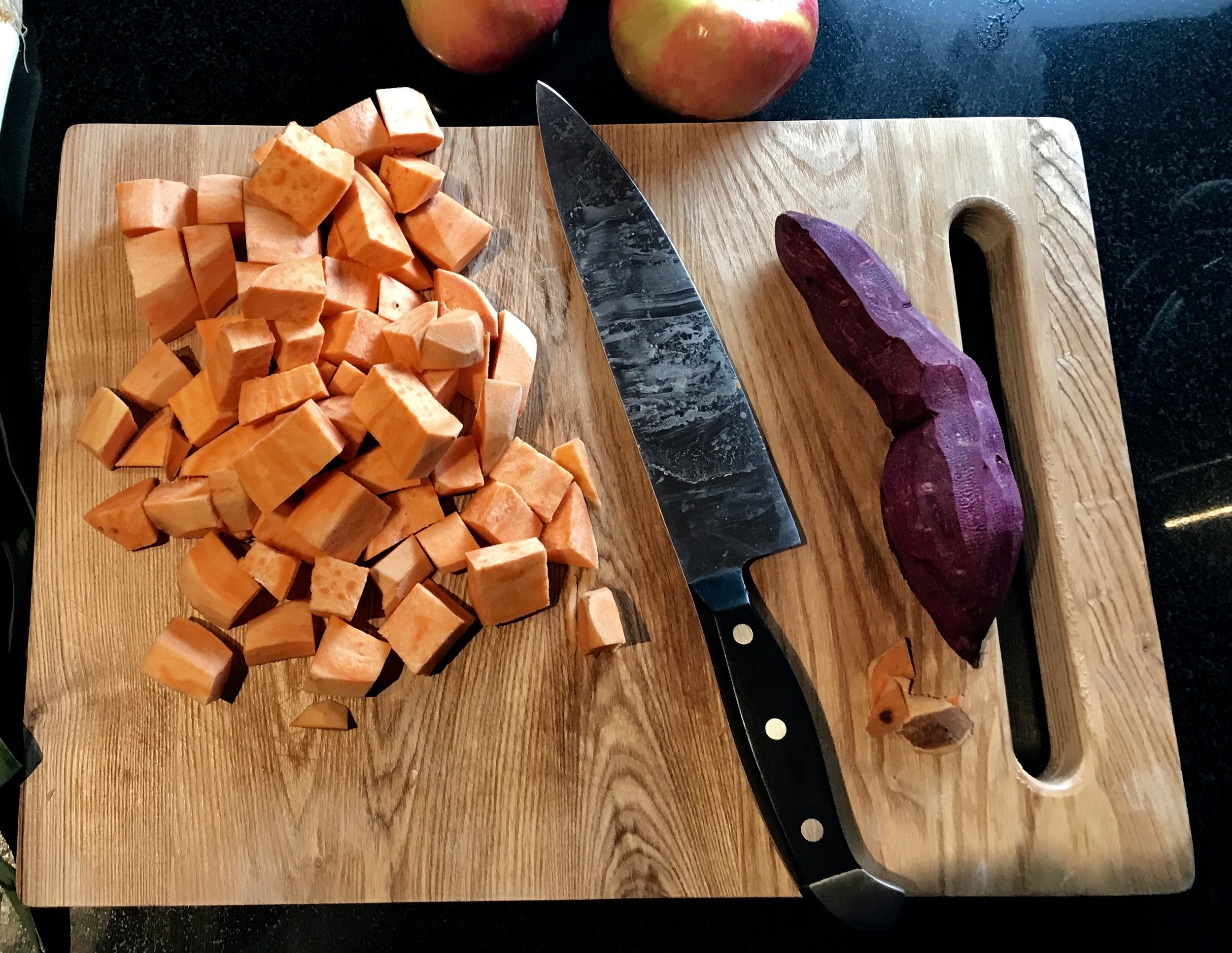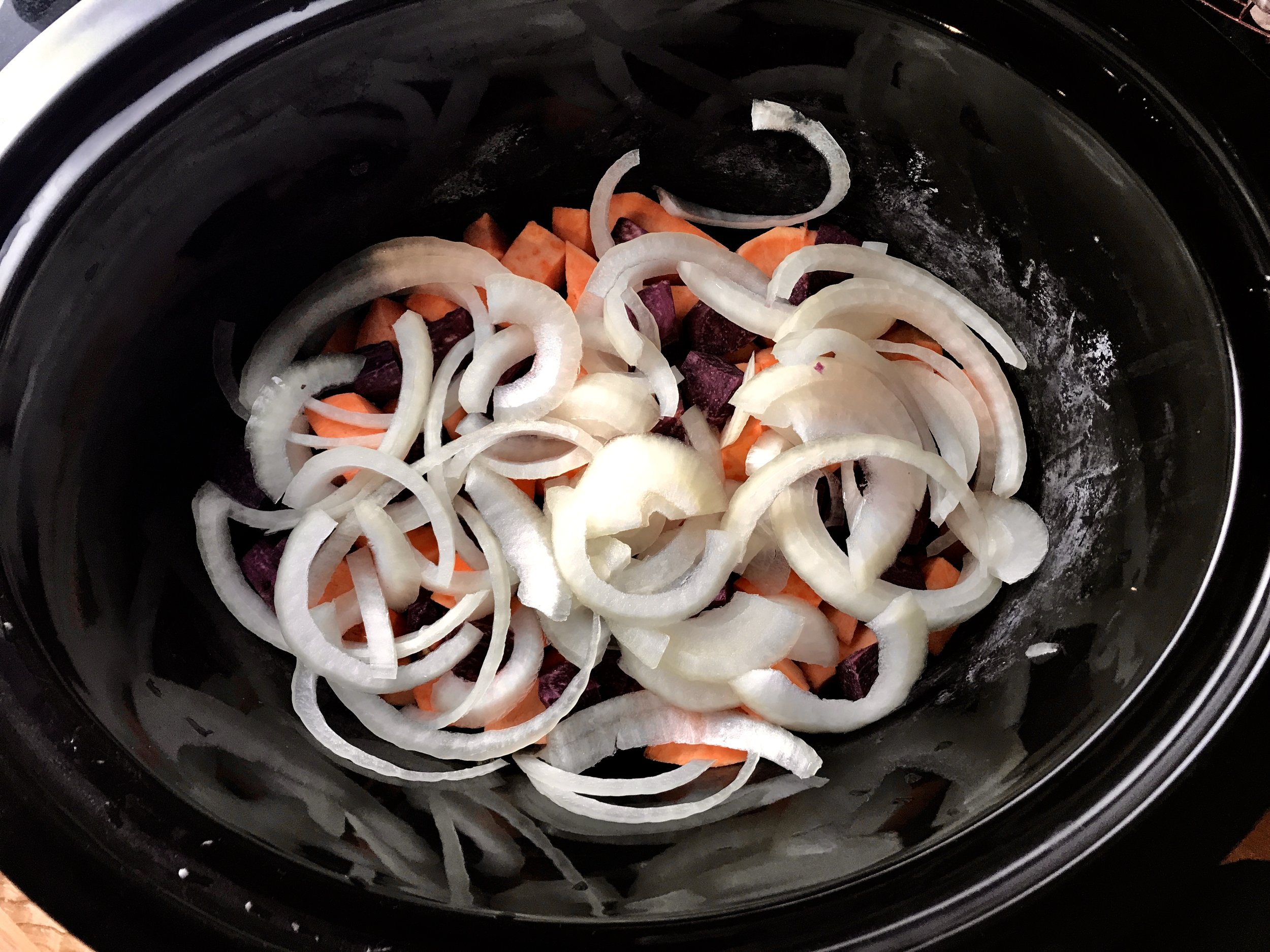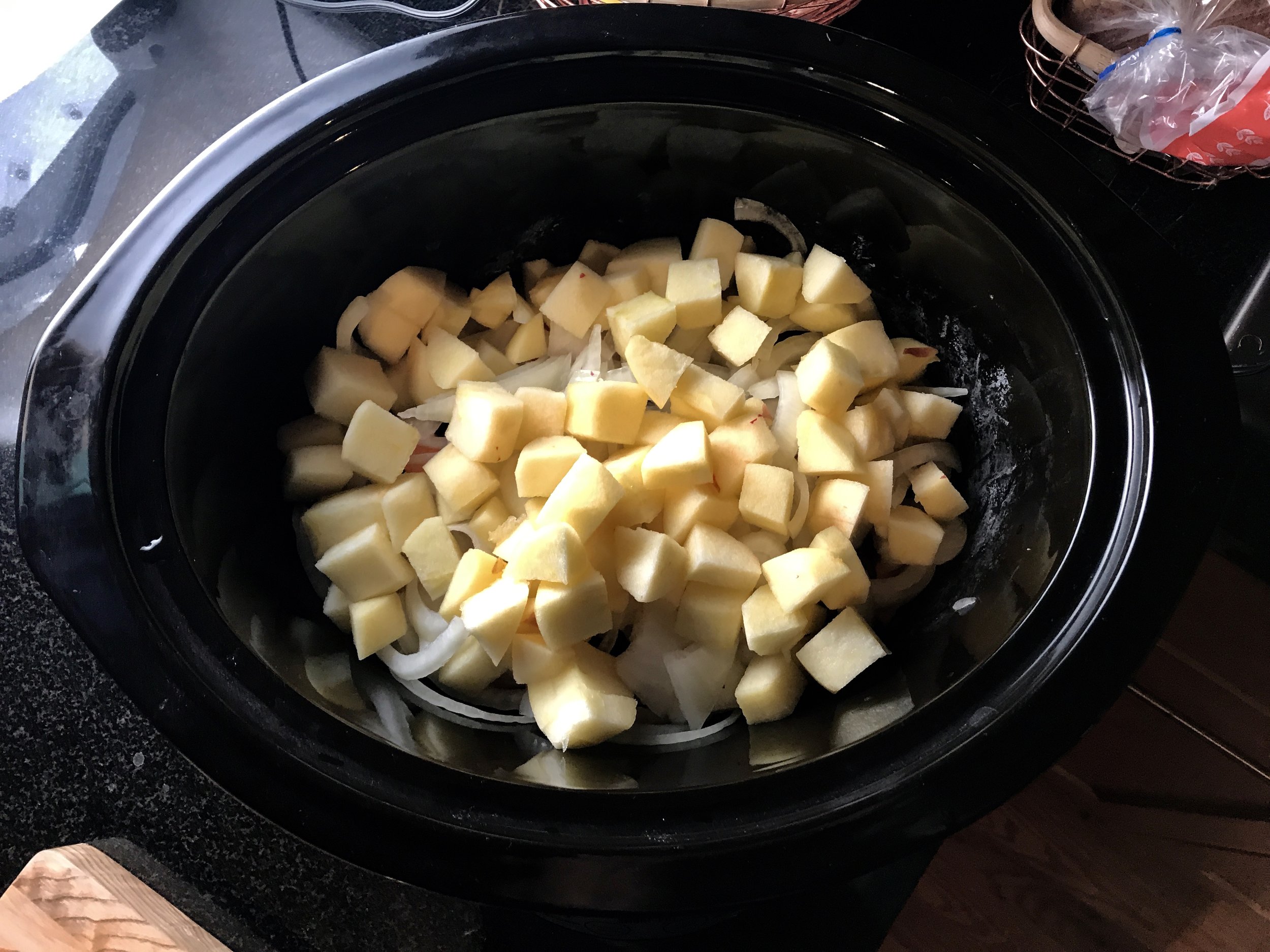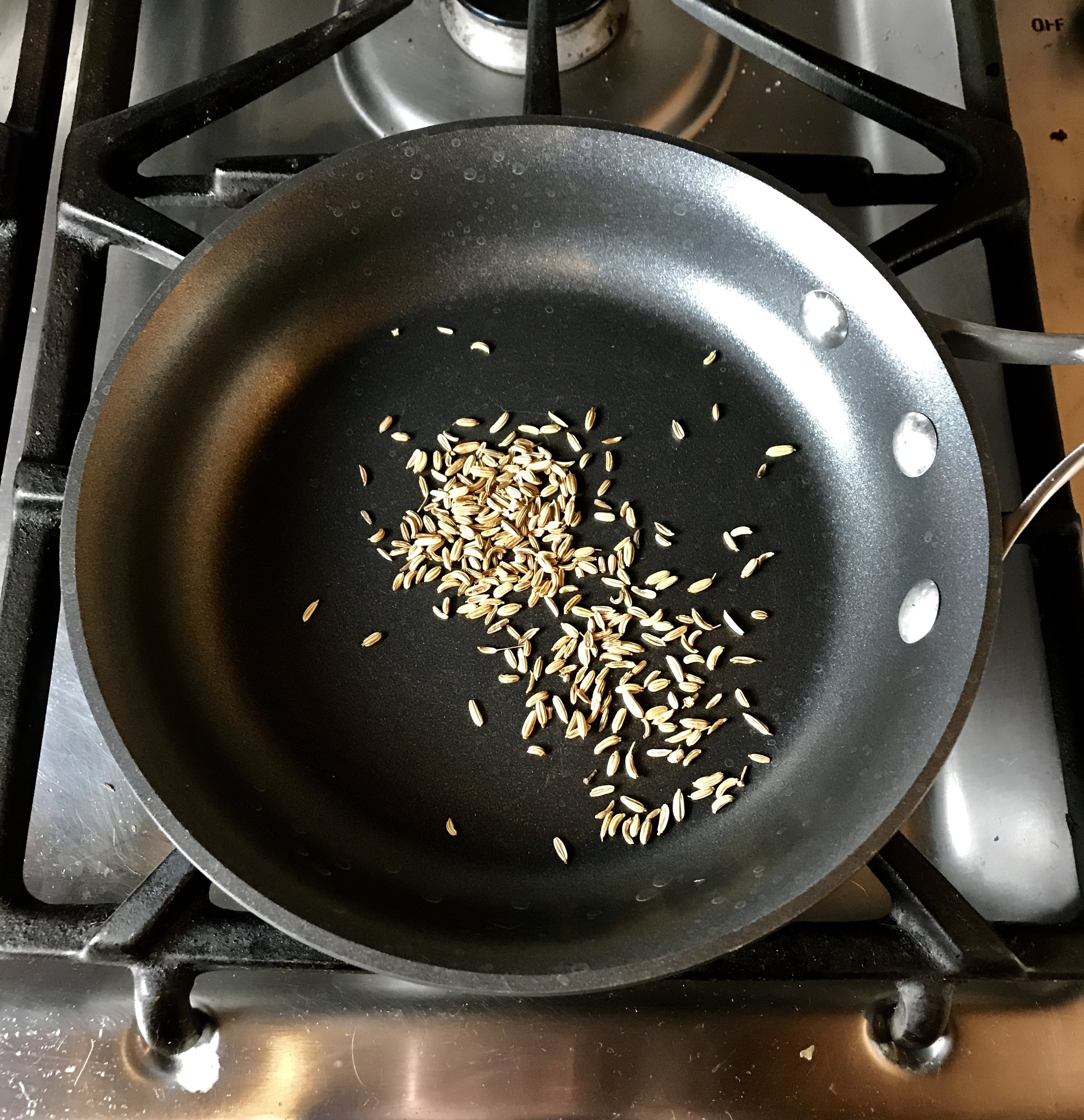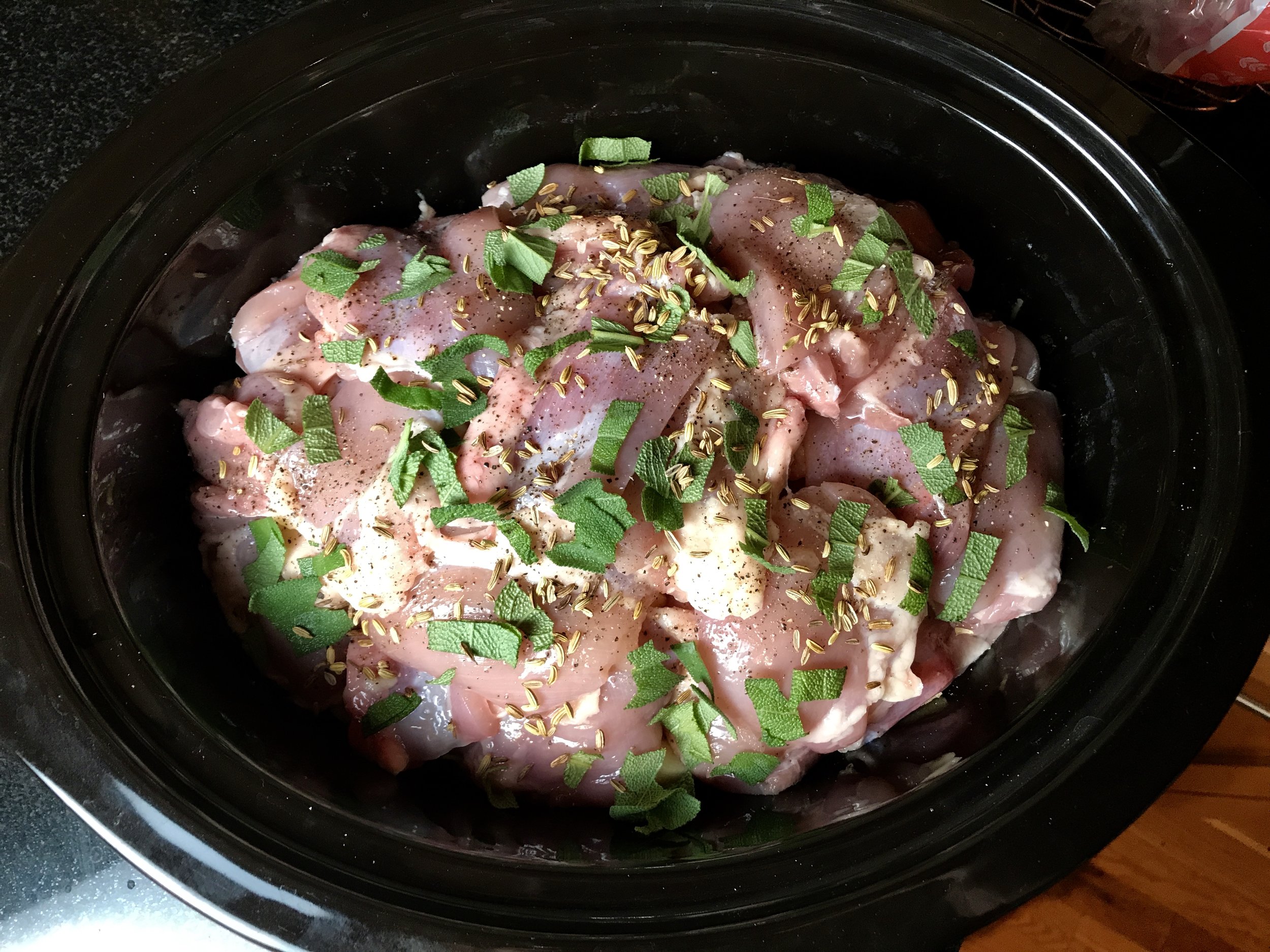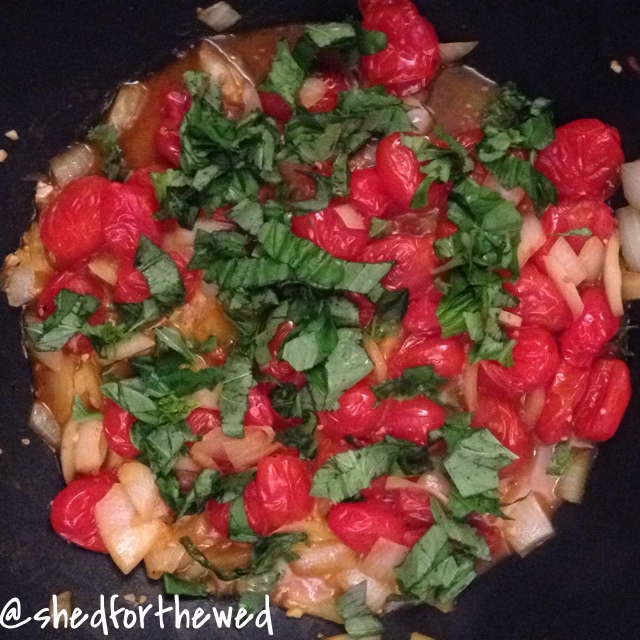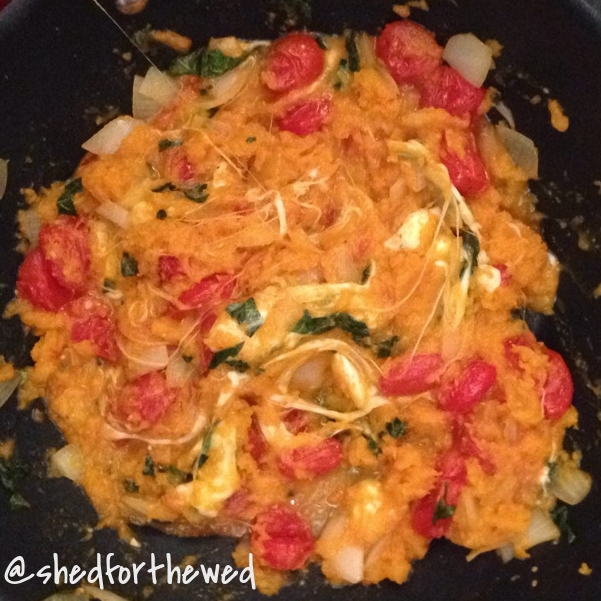I recently shared on my IG that I have been using light therapy over the past few weeks as a part of my winter wellness routine. I had been intrigued with light therapy, and I won’t lie, I purchased the lamp without doing too much research on it beforehand. A friend had recommended it and said it was “life-changing!”–I was sold. I knew that lots of people had used it in Chicago (and the rest of the midwest) to combat Seasonal Affective Disorder (aka SAD). You have probably heard of it, it is a form of depression that kicks off during the Fall and goes away with the sunnier days of Spring and Summer (although not always! Some have the reverse!).
According to Mayo Clinic, symptoms specific to winter-onset SAD, sometimes called winter depression, may include:
Oversleeping (lol. Not a problem living with a toddler)
Appetite changes, especially a craving for foods high in carbohydrates (um hi! But also this is totally normal to crave grounding, high carb foods in winter.)
Weight gain (plenty of that, but because I’m growing a baby)
Tiredness or low energy (Yes, yes, yes. Having a toddler and being pregnant add to this, BUT I always get this way during winter.)
While I would not self-diagnose myself with SAD, I am prone to get the winter blues, especially with spending so much time inside and (these days) away from loved ones. I particularly deal with lots of fatigue during the winter months. I figured adding light therapy into my routine was a good way to amp up my winter wellness.
How it works
According to a Harvard Health blog on light therapy:
“If lack of sunlight causes or contributes to seasonal affective disorder, then getting more light may reverse it. Bright light works by stimulating cells in the retina that connect to the hypothalamus, a part of the brain that helps control circadian rhythms. Activating the hypothalamus at a certain time every day can restore a normal circadian rhythm and thus banish seasonal symptoms.
Light therapy entails sitting close to a special “light box” for 30 minutes a day, usually as soon after waking up as possible. These boxes provide 10,000 lux (“lux” is a measure of light intensity). That’s about 100 times brighter than usual indoor lighting; a bright sunny day is 50,000 lux or more. You need to have your eyes open, but don’t look at the light. Many people use the time to read a newspaper, book, or magazine, or catch up on work.”
My experience
I started using it when I have my morning coffee and feeding James his breakfast (I just tilt away from his face). I used the lowest setting for the first couple of weeks and then upped to the medium setting a couple of days ago. I put on the timer for 10 minutes. Some days I have had it on for a little longer, but haven’t felt like I have really needed to. They say to work up to 30 minutes a day for SAD.
From what I notice- shortly after I finish my session (maybe 15-30 minutes after) I feel a big boost in initiative and productivity. You may say that’s the coffee, but I’ll be honest, coffee just gets me to my bare minimum state of a human for the day. Initially, I saw a boost for the rest of the day. More recently, I’ve noticed my alertness is there through lunchtime. In general, my energy levels have been higher than they have been in months and months (pre-dating pregnancy even!).
In general, I have been in really good spirits, despite the fact that I’ve barely left the house for a month. Typically, around this time of they year, I would definitely be getting a bit of the winter blues, ready for some sunshine and outside time! I mean, I’m still ready for those things, but I’m not overly sad that I don’t have them.
I also noticed initially when the sun went down I was DEAD. Like ready to go to sleep with the sun. Could be the toddler, or the pregnancy, but I think it’s because the light therapy is syncing me strongly with the circadian rhythms of the sun. This result hasn’t persisted.
It could be placebo, or the second trimester high, but I definitely feel like it has made a big difference in my energy levels— I will definitely be continuing this as a part of my winter wellness routine.
What to look for in a lightbox
This is the lightbox I used. You want 10,000 Lux. It also shouldn’t emit any UV light. Gotta watch that skin!
Who shouldn’t use light therapy?
According to the Harvard Health post:
Although light therapy is at least as effective as antidepressant medications for treating seasonal affective disorder, it doesn’t work or isn’t appropriate for everyone. Some people need more light, or brighter light. Others can’t tolerate bright light—in people with bipolar disorder, for example, it can trigger hypomania or mania. And even though the risk of eye damage from bright light is low, anyone with diabetes (which can damage the retina) or pre-existing eye disease should check with a doctor before trying light therapy.
So if you are worried you are at risk for any of those issues- please consult with a healthcare provider before starting light therapy. I am not a healthcare professional, this is just my research and account of my own experience with light therapy!
Other ways to maximize your winter wellness
If light therapy isn’t for you, there are still so many ways to improve your wellness during the winter. Here are some of my favorites:
Take vitamin D daily. It is so critical for our health!
Try to get outside every day. I know it’s cold, but if it’s not subzero temps, a quick walk outside can do wonders. If it’s more moderate, winter activities are so fun! Skiing (the Wisconsin and Michigan slopes are a quick drive away! Or cross country wherever!), sledding, ice skating! So much fun to be had in the snow!
Listen to your bodily cues. Enjoy carbs and grounding root veggies during these cold-weather months.
Try to get your heart rate up every day. A little bit of exercise can really give you an endorphin boost that will make you feel so good!
Enjoy hot baths, steams, and saunas when you can. Take a hint from the nordic countries. It will serve you well! I love steaming up my shower and adding a few drops of lavender essential oils. Insta-spa!
Embrace the inside life. Cozy up by a fire (or Netflix fire! :)) with a good book and a cup of tea!
This season may seem to go on forever, but soon enough we will be enjoying the sunshine! What are you doing to for your winter wellness routine? Stay warm and cozy, friends! -AHS

